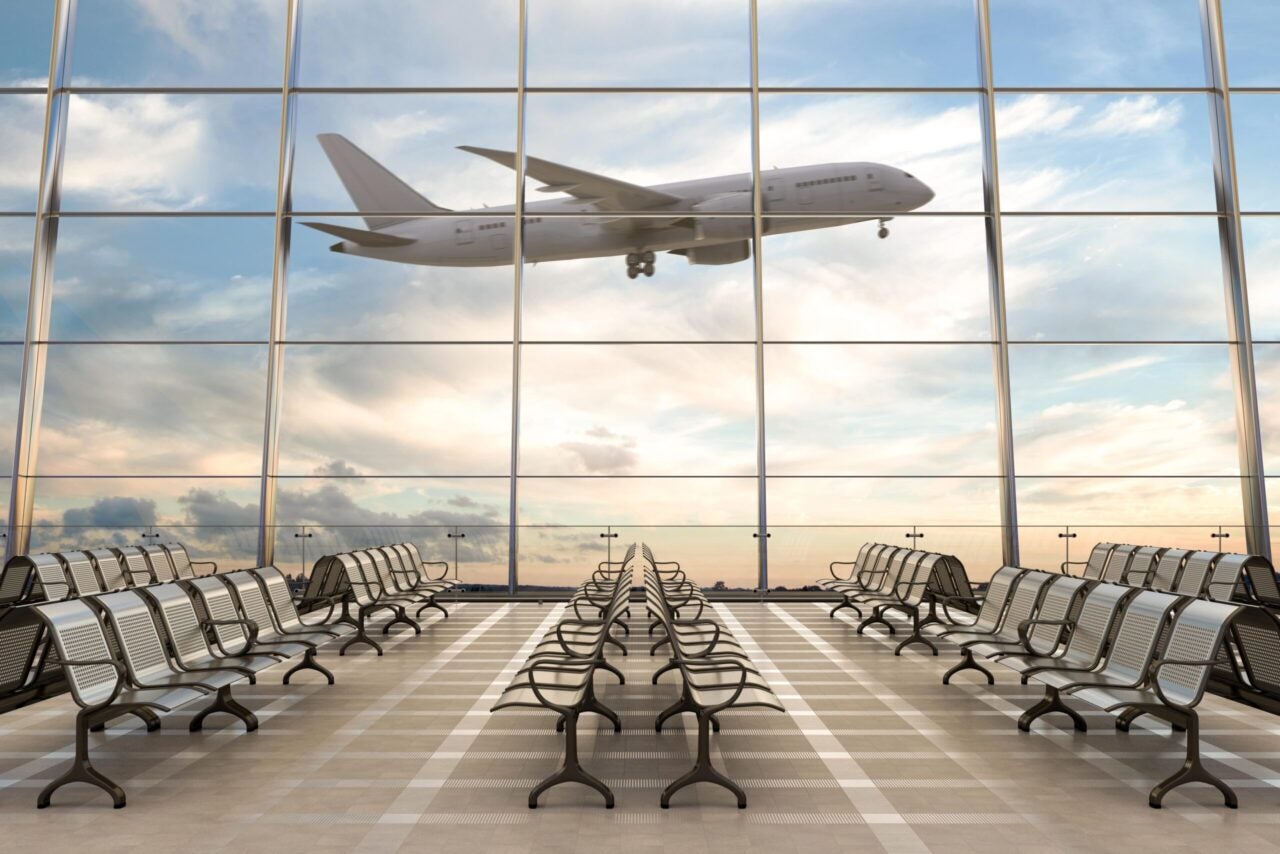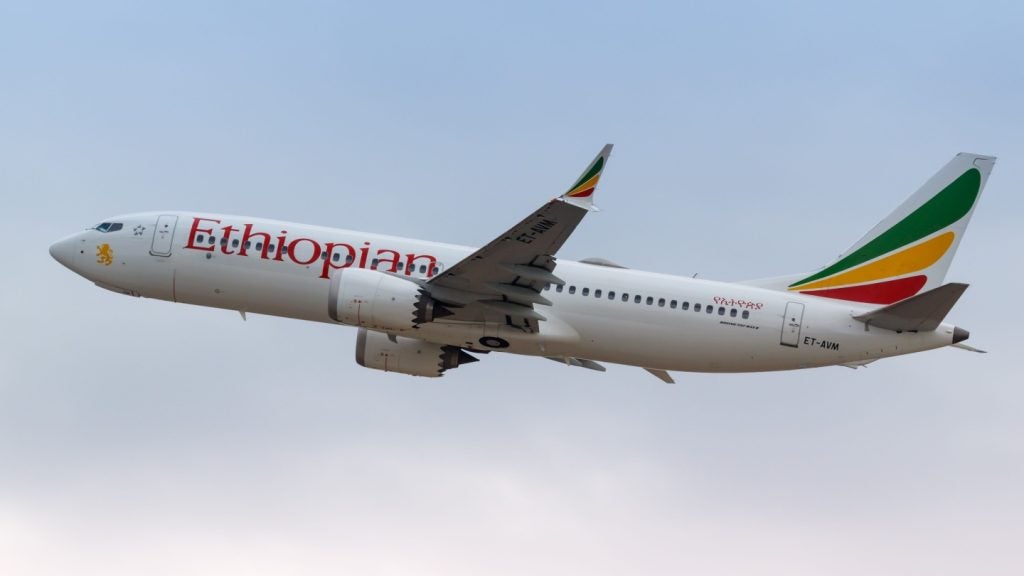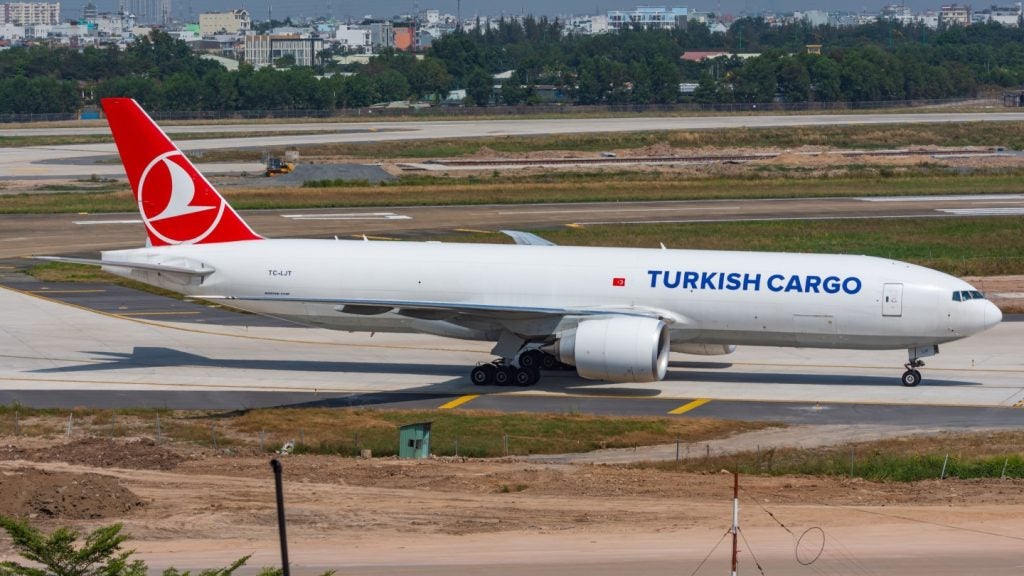
Airport Trends 2022: Insights from Industry Experts
The aviation industry has experienced numerous changes when it comes to how airports operate due to the ongoing Covid-19 pandemic. From passenger processing regulations, sanitisation within airport buildings to the introduction of new biometric technology, airports have been subjected to a rapidly changing environment.
With this in mind we have asked a number of industry experts what they think 2022 holds for airports worldwide when it comes to new technology, passenger processing, baggage issues and much more.
Dejan Cusic, Industry Vertical Lead at software and technology services company Endava
Apart from irreversibly changing hygiene and safety protocols, the pandemic also changed consumers’ expectations of the travel experience, and the aviation industry will have to continue to adapt to these shifts.
Continuous digitisation throughout the customer journey will be the main area of concern. Increasing efficiency in airport operations and providing a completely touchless process from booking to arrival will remain the main goal for the global airline industry.
By shifting to offering a completely frictionless airport experience, with self-boarding using biometrics and ID documentation, and providing passengers with real-time bag-tracking information among other innovations, aviation companies can further digitalise to deliver the best passenger experience.
George Ferguson, senior aerospace and airline analyst, Bloomberg Intelligence
We see a rough start to the year as activity is depressed in 1Q on spiking virus activity and the new Omicron variant. I would expect demand to still be a bit better than 1Q20, but pretty weak. As we get into spring, we see rising activity related to spring break and then into summer vacation season but the reduced number of business fliers will keep fares weak.
How well do you really know your competitors?
Access the most comprehensive Company Profiles on the market, powered by GlobalData. Save hours of research. Gain competitive edge.

Thank you!
Your download email will arrive shortly
Not ready to buy yet? Download a free sample
We are confident about the unique quality of our Company Profiles. However, we want you to make the most beneficial decision for your business, so we offer a free sample that you can download by submitting the below form
By GlobalDataWe believe business traffic remains weak into mid-year and expect by then, if Omicron is found to be less dangerous but more contagious, as it appears now, business traffic will rebound better into the back half of 2022 as employees pick up the pace of return to office.
Airports may be less sensitive to the type of travel as foot traffic will drive sales at concessions and fees are paid on tickets. With so many available airplanes, airlines will tend to offer more flights than optimal, driving down fares, but again this is a positive for the airports. For the airports, I would expect better traveller traffic throughout 2022 unless we get a variant that is more dangerous.
Bhanu Choudhrie, founder of Alpha Aviation Group
While 2021 has been a challenging year for the global aviation industry and on airports in particular, I am confident that the coming year will do a lot to put the sector back on an even keel.
Steadily growing vaccination coverage combined with gradual lifting of travel restrictions and the rising consumer confidence will bring passengers back to airports, spurring growth.
Steadily growing vaccination coverage combined with gradual lifting of travel restrictions and the rising consumer confidence will bring passengers back to airports, spurring growth. However, it seems that the emergence of new variants and their knock-on effect might continue to play spoilsport, resulting in a stop-start recovery model.
Several countries in the Asia-Pacific region are still battling restrictions and are hamstrung by lower vaccination rates. While we see domestic travel picking up, losses through a limit on international travel are considerable and placing considerable strain on airports.
However, the aviation industry has clearly demonstrated its appetite for a rebound. Airports around the world have been agile in adopting enhanced safety measures to ensure customer confidence remains unimpacted.
Michael Elliot, CEO of Over-C
The current level of employees working in airports is circa 60% less than before the pandemic and many of those workers have found new employment. Airports will be looking to technology and automation to better utilise the existing workforce as passenger numbers are expected to rise in the summer of 2022.
Collaboration tools between teams, operational transparency for ensuring efficiencies, and sensors for automating task schedules to deliver just-in-time services such as cleaning by usage not time, will be key.
Technology specified by the airport operator will play a much bigger part in frontline operations. Contractors typically bring their own solutions to manage their individual roles; however, this brings no transparency or efficiencies to the airport operator and does not allow for collaboration within teams of workers from different employers.
To drive performance all contractors and in-house staff need to be working as one team not in individual silos and technology can bring this overarching solution.
Randel Darby, CEO and Founder at AirPortr
As international travel reopened, the cracks within the air transport industry began to show. For example, data released by IATA indicates that processing times have ballooned to three hours during peak travel times, but travel volumes are only at about 30% of pre-Covid-19 levels. It’s therefore evident that significant change is needed for the industry to find its feet again and operate effectively.
Off-site processing (where custom checks, check-in etc. are done away from the airport) is a concept which once seemed futuristic and philosophical but is now within reach, and arguably integral to futureproofing the industry.
Airports must become leaner, more flexible, with more and more passenger and baggage processing done off-airport.
Airports must become leaner, more flexible, with more and more passenger and baggage processing done off-airport. Digital queuing and biometrics all aim to streamline the journey, but what about the bag? It’s no use digitising and modernising every other element of airport processing if passengers’ journeys continue to be interrupted by the need to process their bags.
Travel is changing – and quickly. I can envision a future in which airports become decentralised, being more closely connected to their host cities, and terminals are passenger-only. As part of this, all the processing that customers once did at a check-in counter, they will do themselves – whenever and wherever they feel like doing it. Their bags will be collected from home and processed at an Amazon-style fulfilment centre before making their way to the plane.
Kanu Aravindakshan, associate vice president, IBS Software
With the sector now fighting to recover from a bruising 20 months, rapid digitalisation has taken hold. Both airlines and airports are expected to allocate up to 6% of their revenue on IT spend between 2021 and 2024, for transformation projects and infrastructure upgrades that will improve operational efficiency and better equip them for the future.
As such, there’s never been a better time for airports to take their collaboration with airlines to the next level, making joint investments that will not only see them safely through the pandemic, but set them up to thrive during better times, which we all hope are just over the horizon.
Airports must continue to fund ongoing maintenance, security and staffing requirements for remaining passenger and cargo operations, as do airlines. To do this, they must find new ways to increase their revenues and cut their overheads, while waiting for traveller confidence and numbers to slowly return to pre-pandemic levels, which could take years.
With both parties vying to entice the same set of passengers back, working together is undoubtedly the best way to move forward.







